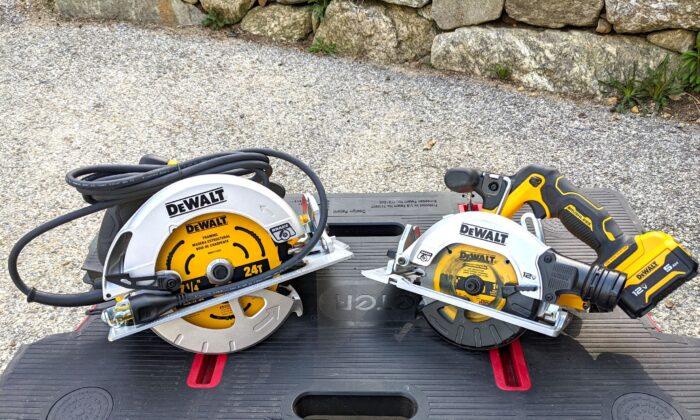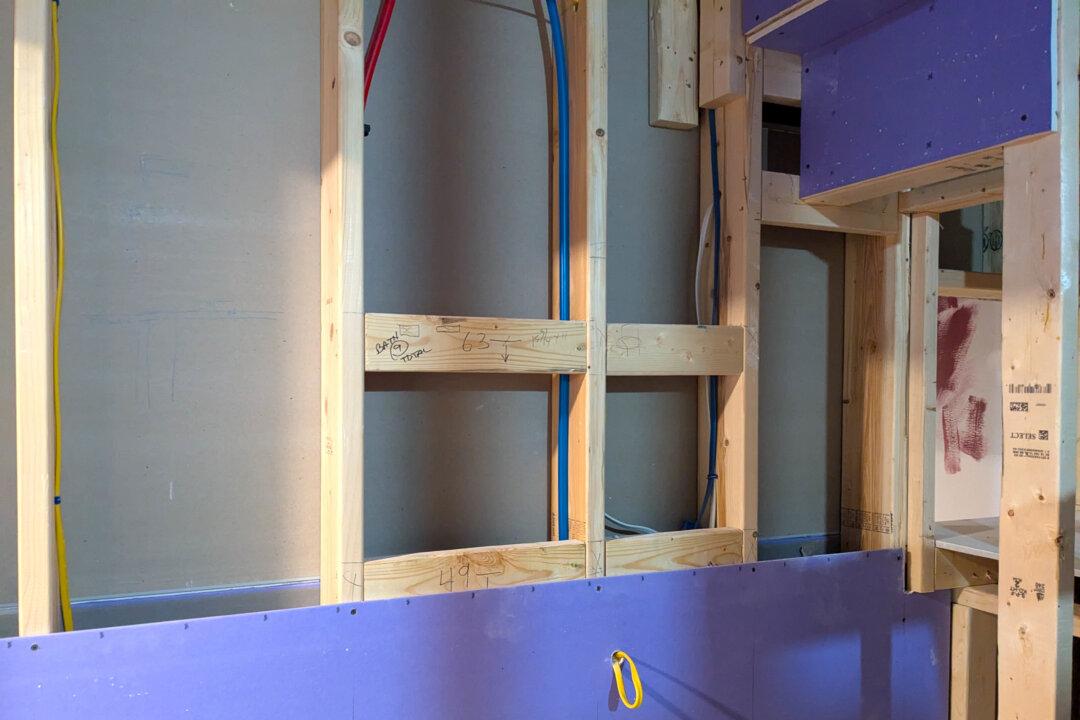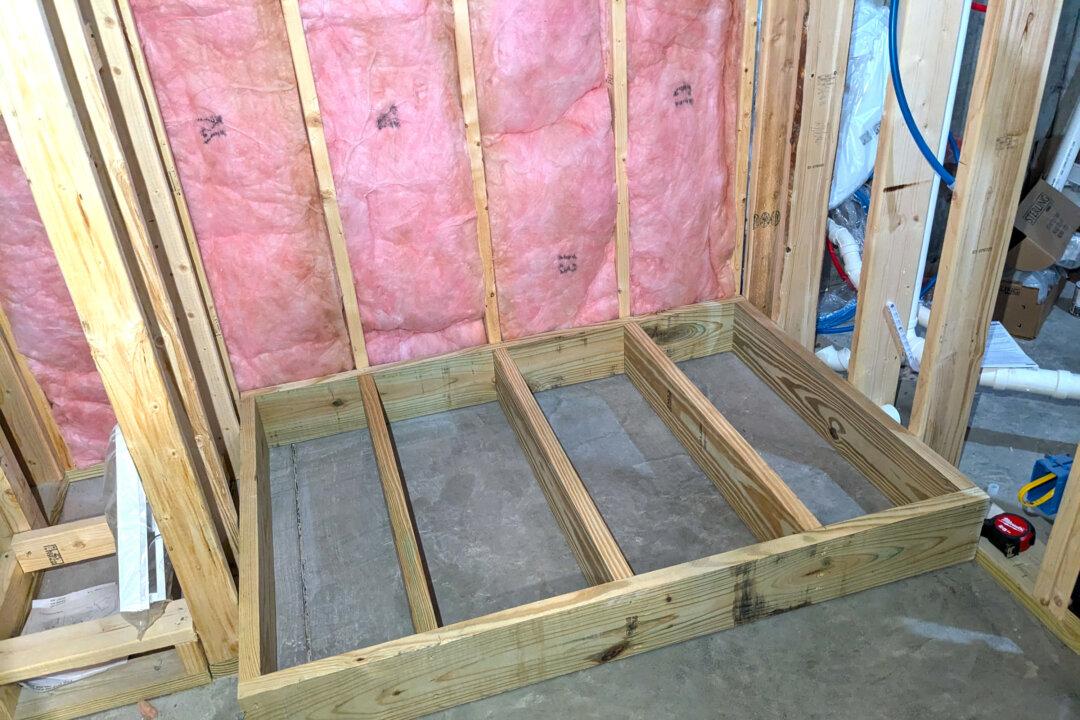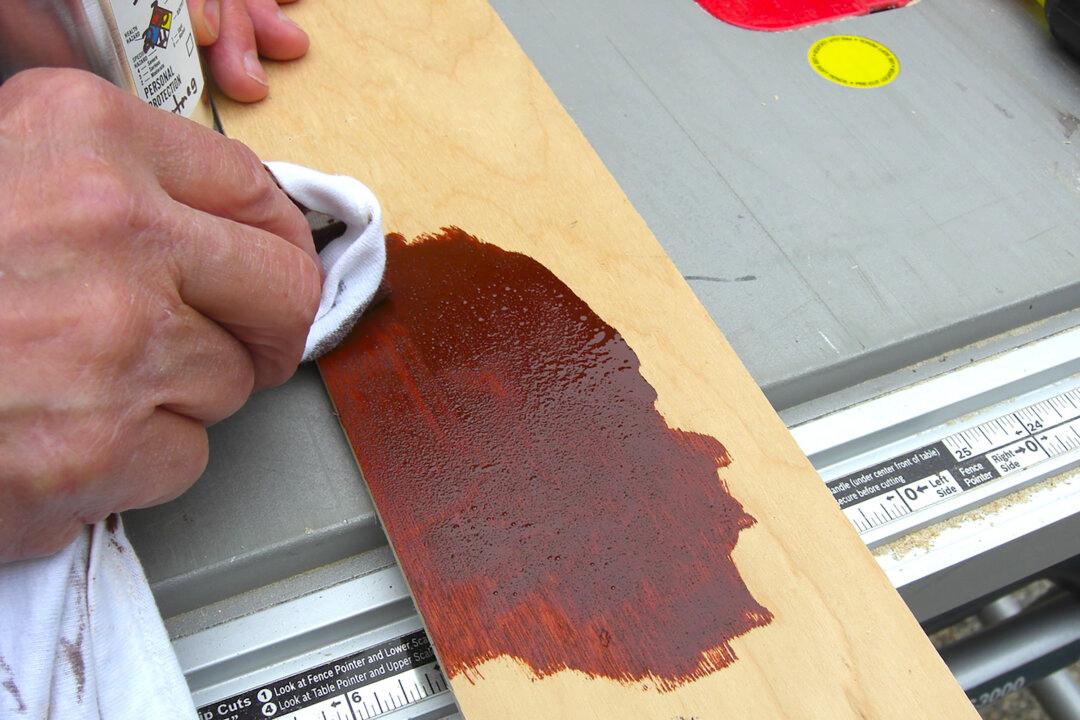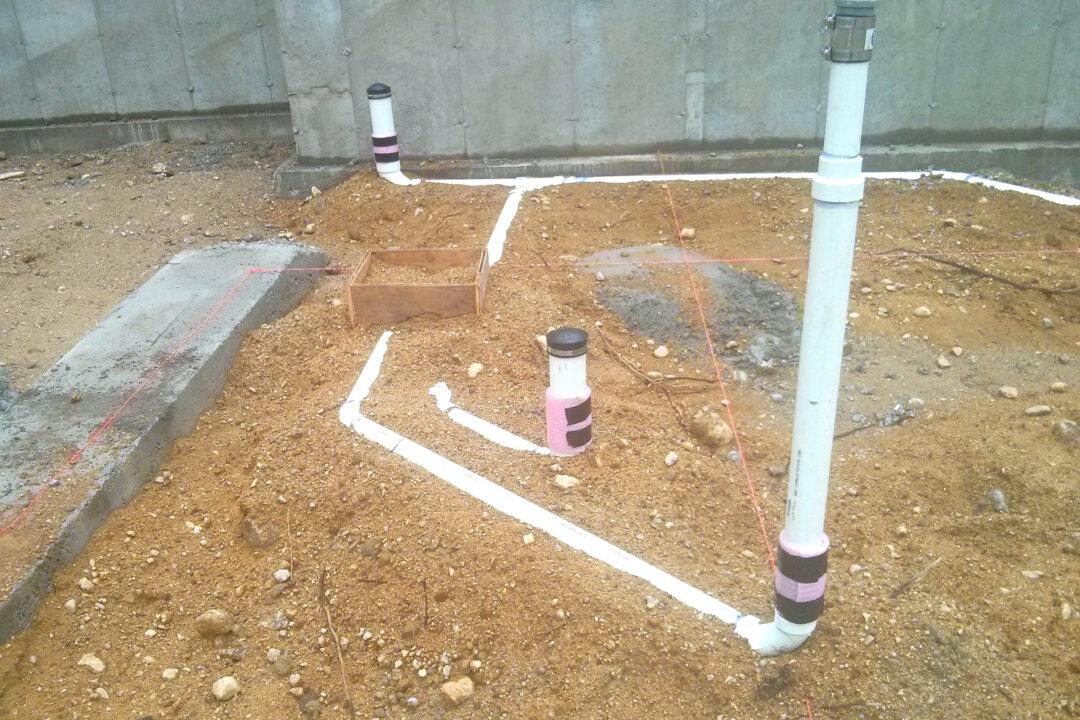Do you have a love affair with power tools? If so, my guess is you may have succumbed to the sirens’ songs luring you into the Sea of Cordless Tools. Before you become mesmerized by the nymphs’ sweet voices, I suggest you check your heading and go hard to starboard before dashing your boat on the rocks.
As luck would have it, just as I was starting to write this column, an email from Bill popped into my email inbox. He lives in Spokane, Washington, and shared a story about a recent visit to one of the big box stores that was cluttered with pallets of wares that had been hidden for months in storage containers anchored off Long Beach, California.
“I couldn’t help noticing all the many cordless tools,“ Bill wrote. ”It seemed like there were hundreds, all with little signs that said something like ‘Tool Only.’ I couldn’t help wondering about this trend in tools, and comparing it to what is apparently happening also in automobiles.”
Bill is older than I am by a few years, and he still owns plenty of power tools that have a 6-foot 120-volt power cord attached to them. I have many in my garage in excellent shape, and I’m so glad I do. If invited to sit down to lunch with a group of young-buck carpenters, I’d be the old goat sitting on an empty, overturned drywall mud bucket who would say: “Back in my day, we didn’t have cordless tools. We got along just fine.”
The inspiration for this column came from a sidebar discussion on one of my recent livestream video broadcasts. A viewer asked me to list the pros and cons of cordless tools and then asked me what I thought the future was for traditional corded power tools.
I’m old enough to remember seeing cordless tools enter the marketplace back in the 1980s. My best friend was my HVAC contractor. He bought a small cordless Makita drill outfitted with a nut driver that allowed him to drive hundreds of tiny self-tapping screws. I marveled at how he didn’t need to trip over a power cord while up on a step ladder. That little cordless drill/driver saved him lots of time.
As a carpenter and plumber, all of my power tools were corded. The biggest concern I recall is making sure I didn’t cut through an extension cord. On a new construction site, mud-covered extension cords were something you just dealt with. That said, we always had power. The tools always worked. We never had to wait for a battery to charge. Cold weather didn’t sap my saws of their strength.
I decided to step back and do a true and honest comparison between corded and cordless tools. If ever there were a time to do it, it’s now. Inflation is raging and I don’t see it calming down anytime soon. My geology degree also is screaming at me. The war for raw materials for car, truck and tool batteries is going to heat up. This competition for the ingredients is most likely going to cause the price of cordless batteries to soar higher than a rocket headed to the moon.
When I collected myself to answer the viewer watching the livestream, I said: “You can’t beat cordless tools for convenience. You can use them without having to plug in a cord.” I then hesitated to list other positive features of cordless tools. Why? I have this nasty habit of always looking at what things really cost you in the long run.
Days ago, I decided to do a fast price comparison between two normal 7 1/4-inch circular saws made by the same manufacturer. One was corded and the other one was cordless. The new corded saw cost $144. The cordless saw, tool only, was $159. You had to spend another $147.00 to get two batteries, a charger and a soft-sided bag to transport all the gear. Using only your grade school math, you can see out of the box the cordless saw — job-site-ready — was over $300.
I went to the manufacturer’s website and read that you can expect to recharge the battery up to 1,000 times. Using a cordless tool all day long on a job site might have you charging the battery at least once or twice a day. It’s possible you could recharge a battery 450 times a year under heavy use.
If you wear out a battery and try to return it as a warranty claim, don’t try to fool the manufacturer by saying you only charged it 200 times or so. I’m reasonably certain hidden inside all cordless tool batteries are electronics that not only protect the battery during charging cycles but that also record how you use the battery, the number of recharge events, and all the particulars of the condition of the battery at the time it’s charging. I remember saying at a cordless tool editors conference years ago that the batteries were nothing more than spies. The tool representatives in the room didn’t disagree and glared at me.
I then looked at the cost of replacement batteries. You’ll currently spend $100 for one with a decent amp-hour rating. What’s that battery going to cost you in two, five or 15 years? Keep in mind, I have corded tools that are decades old that still work. What will you spend over time to ensure your power tool works?
Bill finished his email by saying he’s going to continue to trip over his cord. I intend to do the same thing, comforted by the fact that, when I bought my corded tool, I paid a one-time fee and will never have to spend more to keep it running so long as I care for it. It might be prudent for you to invest in a variety of high-quality corded power tools before they become extinct.

